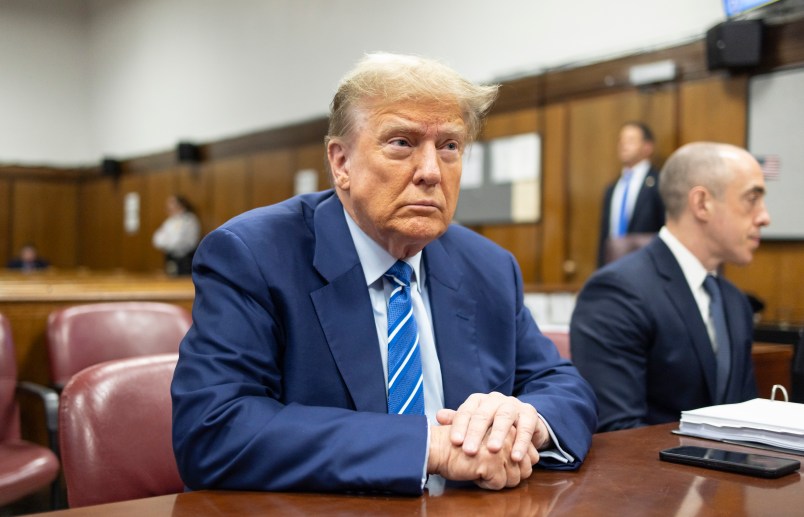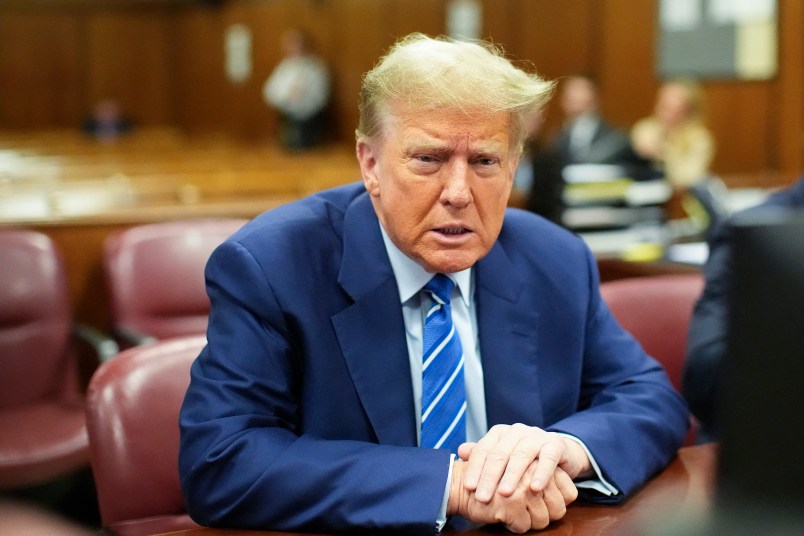Letâs put another piece of the uranium forgeries puzzle down on the table.
This time the issue is timing.
First, we already know that in the first couple days of October 2002 Italian journalist Elisabetta Burba got a call from an Italian businessman and security consultant, a source for an earlier story, telling her that he had some documents sheâd be interested in seeing.
She met with the source in person on October 7th in a bar in Rome. But on seeing the documents Burba had questions from the start. The next day she brought the documents and her concerns to a meeting with her editors at Panorama. Burba then proposed a fact-finding trip to Niger to investigate the document’s authenticity.
But the Editor-in-Chief of Burbaâs magazine insisted she take the documents to the American Embassy in Rome to have them verified. That man is Carlo Rossella, a man who is, in Sy Hershâs words, âknown for his ties to the Berlusconi government.â (Keep in mind that the magazine itself is owned by Italian PM Silvio Berlusconi and that he is a staunch supporter of President Bushâs Iraq policy.)
Rossella described his suggestion thusly to the Italian daily Corriere della Sera …
When Burba showed me the documents she had received from a source of hers, she also explained to me that she had many doubts as to their authenticity. I told her to run all the checks she deemed necessary, and I also suggested the possibility of getting an evaluation directly from the United States … I knew perfectly well that that material could prove an extraordinary scoop, and therefore I personally called the press office and informed them about what was happening. I suggested delivering them a copy of the dossier in order to have their assessment.
When asked why he didn’t have the documents run by private or government experts in Italy he said …
Because I believed that the only ones able to give us a correct evaluation were the Americans, who for years have been dealing with Iraq and weapons of mass destruction. My objective was exclusively that of not publishing a “poisoned chalice,” rather than of informing the United States.
The next day, October 9th, in a meeting arranged by Rosella, Burba handed over copies of the dossier to the American Embassy in Rome. They were then forwarded to Washington. According to several accounts, they were immediately recognized as fakes by analysts at the CIA and the State Department. But that didn’t stop their life in the US national security bureaucracy.
Now, those documents turn out to have been amazingly well-timed. Why? Letâs look at what else was happening while these events were unfolding in Rome.
Through the first weeks of September senior members of the Bush administration began a major press offensive alleging that Saddam Hussein had a robust nuclear weapons program. This was done in close coordination with British PM Tony Blair. On September 24th Blair published his Iraq dossier which said, among other things, that âthere is intelligence that Iraq has sought the supply of significant quantities of uranium from Africa.â
The British dossier was intended to convince skeptics in the UK but also to provide grist for the debate in the United States. The dossier, in fact, was the predicate for a major speech President Bush intended to give on October 7th in Cincinnati, one calling attention to the Niger uranium story.
But there were problems. And they cropped up rapidly.
As early as September 28th the BBC had begun investigating leaks from the British national security establishment claiming that the dossier was based on hyped intelligence.
There were problems too from the IAEA. Immediately after Blairâs presentation in the House of Commons the IAEA insisted that the claims about nuclear activities were unsubstantiated and demanded whatever evidence the US or the UK might have to back them up. Nothing was forthcoming.
Most important in the US, there were problems from the CIA. Behind the scenes in the US, a battle royale was shaping up over whether the president should be allowed to repeat the uranium from Africa claims in his Cincinnati speech.
On October 1st, US intelligence agencies released a top-secret NIE to the White House and Congress. The NIE mentions the Niger reports as well as claims about attempts to purchase uranium in Somalia and Congo. The only doubts were raised in a footnote noting the State Departmentâs skepticism.
But despite the NIE, the CIA clearly had grave concerns about the accuracy of the Niger story. And pretty much from the moment Blair released the dossier there was a wrestling match between the White House and the CIA over whether the president should publicly refer to the Niger uranium story in his speech.
The struggle culminated in the two days (October 5th & 6th) before the president traveled to Ohio when the CIA sent two separate top-secret memos to the presidentâs staff insisting that the references be removed from the speech. Fearing that that hadnât done the trick, CIA Director George Tenet personally telephoned Deputy National Security Adviser Steve Hadley insisting that the references to uranium sales based on the British dossier be removed from the speech, which they were.
Now, I know there are a lot of dates and personages in the mix here and weâll be adding some more in subsequent posts. But consider the progression of eventsâ¦
The US and UK start a major roll-out on the nuclear claims. But the response is generally disappointing. Thereâs major push-back from the IAEA and, secretly in the US, from the CIA.
It was precisely at this moment (in the last days of September and the first of October) that the advocates of the Niger story were most in need of some new evidence. And it was precisely at this moment when the new evidence — at first seemingly incontrovertible — popped up in Rome.
And the day after the reporter gets the docs the Editor-in-Chief of her magazine instructs her to take them to the American Embassy.
And remember too that it wasnât publicly known at the time that Niger was the country in question.







